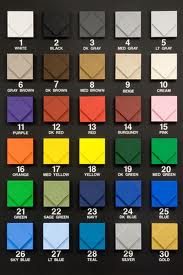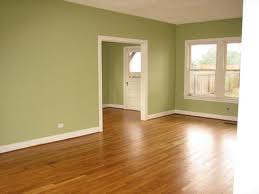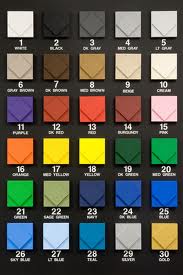Matching Old Paint Colors, Custom Paint Color Matching and Custom Color Mixing
Do you need help in learning how to make custom paint colors, including custom paint color matching or custom color mixing? I’ll give you a brief overview of how you can make custom colors, how to match and mix them, and even matching old paint colors. You might even be able to use paint you have at home to make them. Instead of throwing it out, try some custom color mixing to see if you can use it in your current paint job and save money.
Custom Paint Color Matching and Custom Color Mixing
 Custom paint color matching and custom color mixing are much easier to do if you have a paint color mixing chart (color wheel). It’s very helpful in matching custom paint colors. You’ll also want to have some white paint on hand to mix and lighten, as well as some black for darkening, or gray when working with lighter colors.
Custom paint color matching and custom color mixing are much easier to do if you have a paint color mixing chart (color wheel). It’s very helpful in matching custom paint colors. You’ll also want to have some white paint on hand to mix and lighten, as well as some black for darkening, or gray when working with lighter colors.
Make sure it’s the same sheen as the paint you’re mixing it with; i.e., gloss, semi-gloss, etc. Remember that before you start your custom color matching project, you’ll not get the same color exactly. The result depends on the color you’re starting with, your experience with custom color mixing, and the colors you have to match. Your paint base also determines how much the color can be lightened or darkened.
REMEMBER to use smaller amounts when matching or doing custom color mixing until you get the color you’re looking for. Make sure to mix it very well, and MOST IMPORTANT: Make sure you’ve mixed plenty of the custom paint color you want, because it’s nearly impossible to re-create it!
Lighten a Paint Color by adding white paint. It usually takes a lot of white paint to make a noticeable difference. Many times it’s easier to add some of the darker paint to the white paint until you get the color you want, and white paint’s less expensive, so it’s safer to do it this way.
Darken a Paint Color by adding just a little black or gray to it at a time. It takes very little black to darken it. Use gray if you’re working with lighter colors.
*NOTE: It’s much easier when doing custom paint color matching, to stay within two shades of the original color.
Intensify a Paint Color by adding more of the base color; i.e., to make a tan color more vivid, add some yellow or orange.
Toning Down a Paint Color can be done by adding a “complement” color, reducing its intensity. The “Complement” colors are 2 colors directly across from each other on the paint color wheel.
Changing the Hue of a Paint Color (‘temperature’, tones or hues) can also be done using a paint color mixing chart. For example, you can ‘warm’ green up by adding yellow, or cool it down by adding blue, etc. Basic colors (primary) like your yellows, blues and greens are easier to modify. “Complex” paint colors like beige, brown or gray are more difficult because they already have a lot of hues in them.
Matching Old Paint Colors
 Matching old paint colors can be difficult, but it doesn’t have to be. If you’re not sure what color or what kind of paint the old paint is, here’s what you do:
Matching old paint colors can be difficult, but it doesn’t have to be. If you’re not sure what color or what kind of paint the old paint is, here’s what you do:
*Things you’ll need: Brushes, rags, utility knife and de-natured alcohol.
- To determine what color you have, you can cut out an inconspicuous piece of painted drywall or other surface paint sample and take it to the paint store to be matched. *Get at least a 1×2″ sample if you can.
- To figure out what kind of paint you have, rub a small section of the surface with a clean rag and denatured alcohol. If the paint rubs off “gooey”, it’s water-based. If it doesn’t change, you have an oil-based paint.
Tips
- If you’re applying a water-based paint over an oil-based paint, make sure to use an alcohol or oil-based primer first. (You can usually apply an oil-based paint over water-based .)
- MAKE SURE you know the type of original paint before you apply the new coat, because water-based paint will not adhere to oil-based.
Making custom paint colors can be fun if you have all the right tools and do it correctly. Custom paint color matching or custom color mixing doesn’t have to be real difficult, and this includes matching old paint colors.

